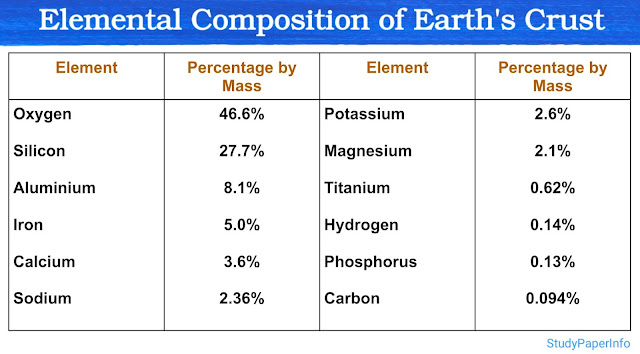Describe the assembly and disassembly process of microtubules

Microtubules are essential components of the cytoskeleton in eukaryotic cells. They are involved in critical processes like maintaining cell shape, enabling intracellular transport and supporting cell division. The assembly and disassembly of microtubules are dynamic processes regulated by the polymerization and depolymerization of tubulin dimers, which are the building blocks of microtubules. These processes can be broken down into specific steps that are crucial for the cell's functions. The assembly process involves the formation of new microtubules from tubulin dimers, while the disassembly process involves the breakdown of existing microtubules. Steps in Microtubule Assembly Microtubule assembly is the process through which tubulin dimers polymerize to form long, stable microtubules. This process involves four key steps: 1. Nucleation at the Microtubule-Organizing Center (MTOC) The process begins at the microtubule-organizing center (MTOC),...






